Sense in Numbers: How much does it really cost to own a luxury SUV?
The current mood in the Indian car market is quite sombre, and the recent Union Budget's focus on electric vehicles may be a great move in itself, but one which has done little to ease the uncertainty among buyers. But surprisingly luxury cars have never been more affordable. Yes, given the tax structure, you may end up paying quite a lot, but it is almost never in one go. Carmakers have come up with innovative ways to help you spread out the cost of the vehicle over a tenure, even simplifying recurring costs like servicing or covering unforeseen expenditures by offering long periods of warranties.
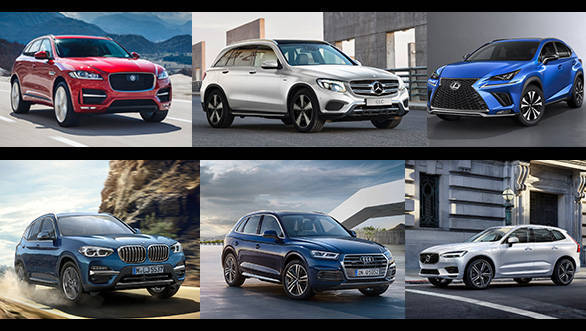
We decided to focus on the mid-sized luxury SUV segment in this piece for a few reasons. It best depicts what buyers in the luxury segment want from their vehicles. All of them have good street presence, are comfortable for rear passengers, have a good features list, and are fairly good to drive if the owner decides to take the wheel and lastly, are priced bang in the middle of the luxury segment.
What We Looked For
We have excluded the initial down payment, so as to give a clearer idea of the other costs involved. We further tried to break down the cost of ownership to a per-kilometre basis. This includes the amount in EMIs you pay for an SUV such as the Mercedes-Benz GLC, the largest seller in this segment. We also looked at its rivals and included the estimated cost of the fuel you could consume, the mandatory maintenance work plus other repairs that may be needed and a warranty cover for a specified period.
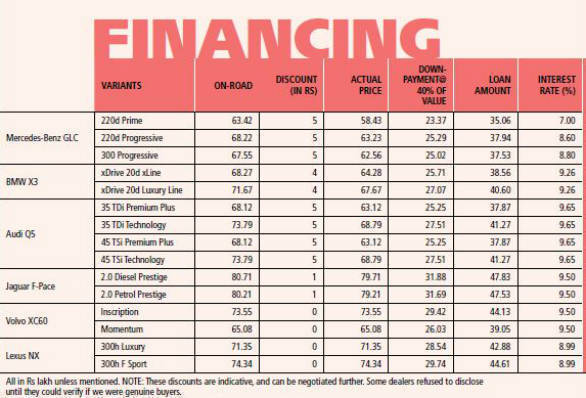
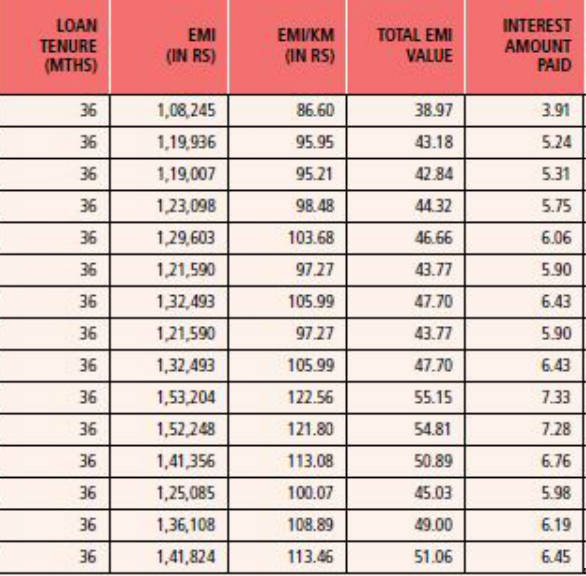
Finance
In trying to mimic, in the closest possible way, the purchasing habits of buyers in this category, we took into account an initial down payment of 40 per cent of the on-road price of the car. We then accounted for a 3-year loan period. Buyers in this segment usually don't keep their cars for a very long time, hence this relatively short tenure. The interest rates we have assumed are either from the brand's own financial services divisions or through tie-ups with other such service providers. We've assumed owners will drive their cars for 15,000km a year,as generally, these cars are usually part of two to three-car households. The Mercedes-Benz GLC's interest rates were the lowest, which combined with the large discount and the generally low on-road price, make it the cheapest to buy. This is especially true of the base 220d Prime variant. The Audi Q5, in its Premium Plus trim comes closest to the GLC in this parameter. Interestingly, manufacturers like Mercedes-Benz and BMW, amongst others, also offer buyback schemes, where you pay a higher rate of interest but the EMI amounts are lower. Since all the carmakers featured here do not offer such schemes as an option, we have not included the same.
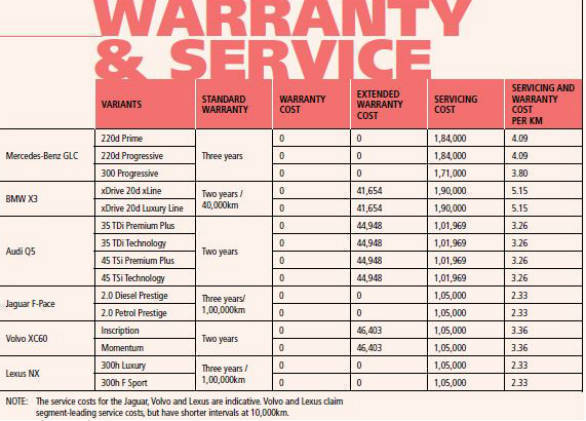
Warranty and Service Costs
Once you've paid for the car itself, you will need to spend money on having it run as efficiently and unintrusively as possible. This means sticking to the recommended service schedule. Further, this also ensures you get better resale numbers while selling off the car, and optimum fuel consumption in the time that you use it. The Mercedes GLC, BMW X3 and Audi Q5 come with packages through which buyers can pay for their servicing costs upfront, at a more competitive rate. The ones from Mercedes-Benz and BMW are the most inclusive, you can opt for them to cover consumables like brake pads, brake discs, and even wipers while the Audi one has the longest tenure of up to five years. For the ones in this analysis not offering such service packages, we've assumed a flat Rs 35,000 per year cost. This figure could of course vary, but some buyers and dealers have assured us that this is typically the amount one would spend annually. The all-inclusive service packages from Audi, BMW and Mercedes are priced on the higher side as their per/km costs clearly show, but we think it's an investment worth spending on. You are covered for most mechanical eventualities and can safeguard yourself from a large expense in the duration during which you own the car.
It's also a good idea to opt for an extended warranty package because you are secured from any other expensive mechanical repairs that might crop up later. The Mercedes, Jaguar and Lexus come with a 3-year warranty as standard. In the case of the others, the warranty is limited to two years. All of these can be extended, from anywhere between five to 10 years. For the purpose of our findings, we decided to take the 2-year extended warranty packages for the Audi and Volvo. But as our calculations are based on a 3-year ownership period, we have only included half the cost of the extended 2-year warranty. In BMW's case, they do offer a single year extension too.
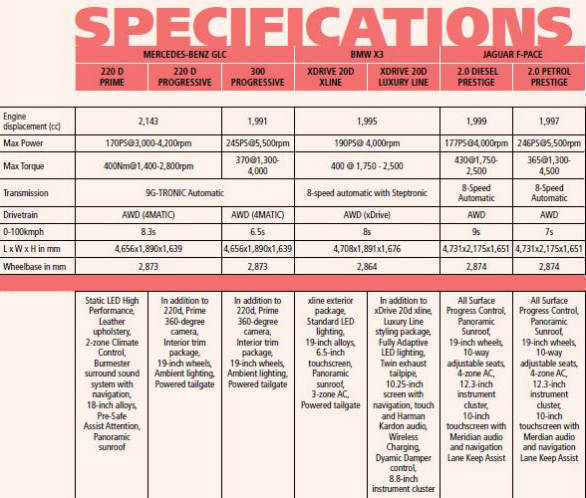
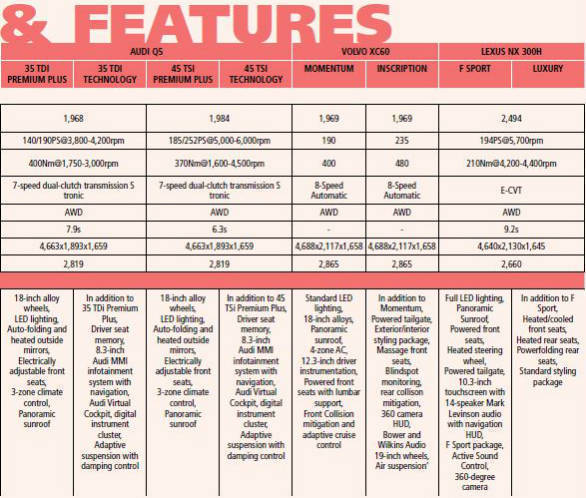
Features
This list shows us how competitive this segment is. All of these cars, even in the lower trims come very well equipped. In fact, their feature lists are easily comparable to that of cars at least a segment higher. There are good safety features with at least eight airbags and a standard set of active safety features. But the Volvo XC60 in its Inscription trim is most impressive, you get a suite of safety assistance systems that are still quite rare in India and it also has air suspension. Most also come with high-end music systems and panoramic sunroofs.
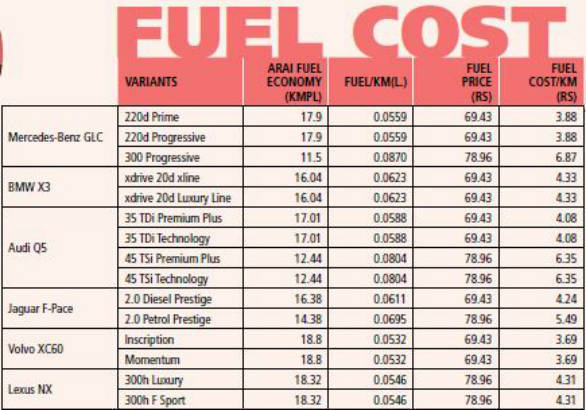
Fuel
This one is quite straightforward. We've accounted for how much fuel, in monetary terms, these cars use over a kilometre. To maintain consistency, we've used ARAI's test figures and the price
of fuel at the time of going to print. As expected, the diesels do best in this regard led by Volvo's quite appealing Rs 3.69/km figure. Interestingly, all the diesels here are 2.0-litre turbo units, but their fuel costs can vary by as much as 69p/km. Interestingly the difference between the more fuel-efficient Volvo XC60 and the BMW X3, is Rs 4.33/km. The Lexus's hybrid set-up is right in the middle of this mix too, with its Rs 4.31/km cost for fuel.
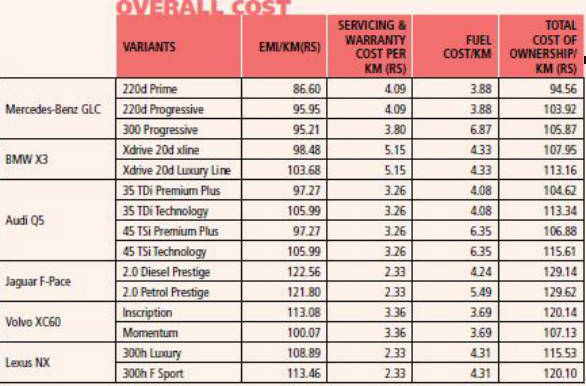
Here's what we found
The Mercedes-Benz GLC is the most economical SUV to own among this bunch, thanks mainly to the low interest you pay to finance it. The Jaguar F-Pace is the most expensive to buy and run, due to its higher price and an interest rate at the higher end of the spectrum. But one needs to remember, the F-Pace is a larger car than the others and sits at the far-end of this segment. An interesting takeaway from this study is that the cost of fuel is not really the highest expense over the entire duration of owning the car. What is important is to get a good finance deal with a low rate of interest. Interestingly, as the cost of fuel is not the primary cost for such vehicles, petrol SUVs have started to find favour with customers again. The Jaguar F-Pace is the best example of
this, as there is a less than 50p difference in how much the petrol and diesel versions cost to run. The Lexus NX 300h is another surprise. Its hybrid powertrain, good standard warranty and interesting feature mix, make it a stronger contender than one would imagine. Our findings comprehensively establish that you can spend less than Rs 100/km overall, and still own a large luxury SUV. Come to think of it, this is not a whole lot more expensive than taking a cab in peak-hour traffic. So do you want to indulge in some number crunching, and get one of these for yourself?
Starts Rs 58.93 Lakhs
1984cc
Automatic
249
370
13.47 Kmpl
Starts Rs 59.9 Lakhs
1998cc
Automatic
252
350
13.17 Kmpl
Starts Rs 69.9 Lakhs
1999cc
Automatic
204
430
-NA-
Starts Rs 57.36 Lakhs
1950cc
Automatic
194
400
-NA-
Starts Rs 61.9 Lakhs
1969cc
Automatic
254
350
12.15 Kmpl











